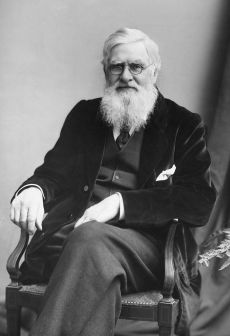Crowdfunding is here to stay. I have already spent hundreds of dollars funding different products on indiegogo. These products directly address personal or family needs that the market does not currently address. Crowdfunding is a wonderful way to encourage start-ups 1) by showing that their product ideas are meeting real needs, 2) by funding the development of the first prototype or embodiment of a product idea, and 3) by enabling the collection of early feedback from pioneering users.
However, these regular crowdfunding sites do not cater for science projects and products which are below level 5 on the technology readiness Level (TRL). That nine level scale, created by NASA in the 70’s and then extended to domains outside space exploration, helps with funding decisions. Many funding organizations ask the applicant to peg their project to a readiness level. So it is useful to assess the readiness of your own project BEFORE you target specific science crowdfunding sites. The closer to market the product/project is, the more fundable it becomes, and the less risky it is overall.
The book promoted by this website, mentions several crowdfunding sites: Experiment.com, and walacea.com (now crowd.science).

The funder of Walacea (Natalie Jonk – UK) named her site after the pioneer in crowd funding for science, Sir Alfred Russel Wallace, who funded his independent research on natural selection by selling beetles and other specimens he collected in the East Indies. In a way, Sir Wallace networked extensively, gave talks, and solicited money, but had something to offer in exchange: new knowledge and exotic specimens from abroad.
Similarly, a project fully funded by crowd.science on pesticides and bees offers financial backers the type of scientific fares one would expect from academics: invitation to a lecture on the topic, copies of a book written by the project leader, or a guided walk. But private individual funding is not enough. Roughly a third of the funding for the pesticide and bees project came from wealthy sponsors whose purpose is aligned with the project (friends of the earth, beekeeper associations). So, if you want to fund independent research, make sure you have something to sell – or more politically-stated, “offer” to your funders: tangible things, knowledge, or shared vision. The higher the TRL level, the more palatable your offerings will be.